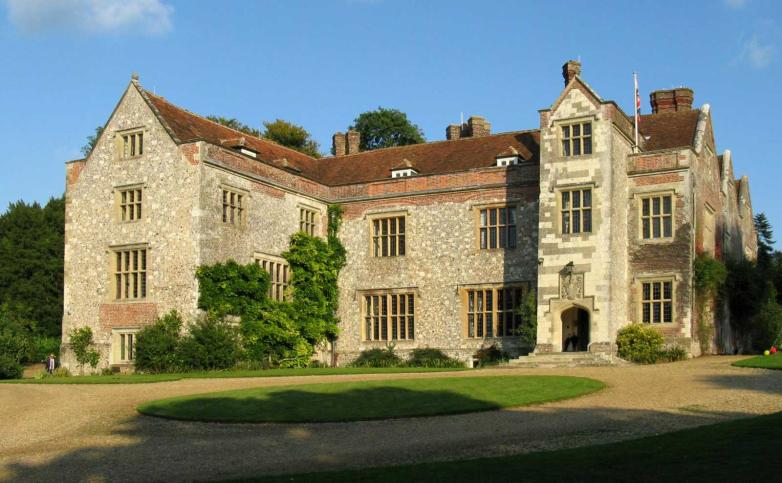Maria Graham Collection allocated to Chawton House by Arts Council

Chawton House
A collection of portraits, books and drawings belonging to Maria Graham – the first professional female travel writer – and her close relatives has been allocated to Chawton House in Hampshire, England, the home of pre-20th century women’s writing. The acquisition is part of Arts Council England’s Acceptance In Lieu Scheme which enables those with a liability for inheritance tax or estate duty to pay that liability with heritage property.
Maria Graham (1785-1842) was the first woman to build a whole career as a published travel writer. She published journal accounts and letters of her residences in India (1812 and 1814), Rome (1820), Chile and Brazil (both 1824), and she became further known for her art histories and popular histories for children, including Little Arthur’s History of England (1835). Graham was one of only a handful of women publishing travel accounts in Europe at this time to achieve commercial success, despite charges from her peers that the topics she discussed were ‘unfeminine.’ Even more unusually, she wrote of her travels to non-European countries, immersing readers in unfamiliar landscapes.
Her writings catered to the Enlightenment-era interest in non-European cultures and places, but were led by her distinct point of view as a woman, highlighting the oppressive treatment of women abroad, and the horrors of enslavement. Unlike other female travel writers, she combined written and visual accounts of her travels. Many of the engravings in her publications were based on her own drawings, made in situ, of landscape, wildlife and ecology, individual peoples and specific events.
Highlights of the Maria Graham Collection include portraits of Maria and her husband, Thomas, that have remained in family possession. They have been on loan to Chawton House for public display for the last decade. An unfinished portrait of Maria Graham by John Jackson RA (1778 – 1831), from 1819, is the final portrait of the writer to leave private ownership, joining three other oils in public collections. Like Thomas Lawrence’s portrait of the writer (in the National Portrait Gallery), it was painted during a stay in Rome, where the Grahams spent time as part of a vibrant artistic expat community that included the artist J. M. W. Turner.
Another item of particular importance is a leather-bound portfolio labelled Mrs Graham’s travels in Brazil and Chili [sic] containing 53 loose sheets of previously unknown original drawings by Graham from her travels in India, Brazil and Chile. Graham’s drawings are based on first-hand observation, not only of places and environments, but crucially of indigenous peoples. These range from depictions of enslaved Africans to early visualisations of South Americans going about their daily lives. Some of these drawings were subsequently reworked into engravings and included in her published works.
Access to her original depictions offers the unique opportunity to compare subtle changes in the presentation of indigenous peoples when they were reworked by a hand back in England. The collection also includes everyday scenes of individualised indigenous Brazilians, in contrast to the archetypical depiction of non-European groups that were the standard accompaniment to travel writing. It is a resource that can benefit scholars across disciplines of art history and anthropology, now accessible in Chawton House’s collection.
The Collection was assessed by an Expert Panel and classified as pre-eminent, through its strong association with British history and national life, its artistic value and art historical interest, and its importance for the study of travel writing, anthropology, and early women’s writing.
Katie Childs, Chief Executive, Chawton House said: “It is an enormous privilege to have this very important collection assigned to Chawton House, and we are grateful to the Graham family and Arts Council England that these rare works are now in a public collection allowing us to tell the story of the remarkable Maria Graham and ensure she receives the attention her pioneering writing and illustration deserves. This is a wonderful way to mark the end of the 20th anniversary of the opening of Chawton House to the public for the first time.”
The portrait of Maria Graham from the Maria Graham Collection is currently on display in Chawton House’s major exhibition Treasures of Chawton House (running through April 28). It will remain on permanent display following the exhibition’s run.















